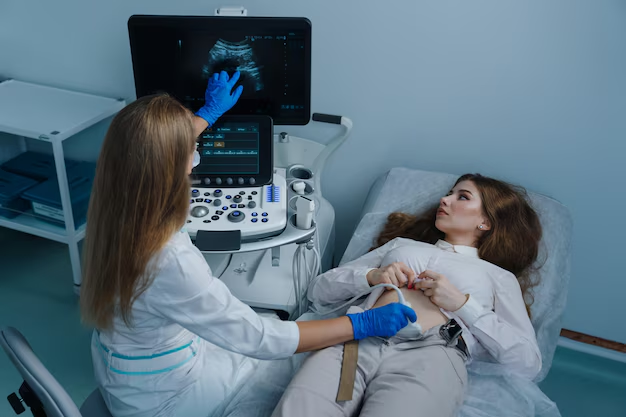How to Become a Cardiovascular Sonographer: Essential Education and Certifications
Becoming a cardiovascular sonographer, a rewarding profession dedicated to using ultrasound technology to capture images of the heart and vascular system, requires a mix of formal education, skill certification, and practical training. Most professionals in this field begin by obtaining an Associate's Degree in Diagnostic Medical Sonography, often with a specialization in cardiovascular technology. This degree provides the foundational knowledge in anatomy, physiology, and ultrasound technology that is crucial for success. Some aspiring sonographers also pursue a Bachelor's Degree, which can enhance job prospects and provide a deeper understanding of medical imaging and patient care.
In addition to a degree, certification is a critical component for cardiovascular sonographers. The American Registry for Diagnostic Medical Sonography (ARDMS) offers the Registered Diagnostic Cardiac Sonographer (RDCS) certification, which is highly respected in the field. Achieving this certification demonstrates expertise and a commitment to high standards. Some states may also require licensure, making it essential to check local regulations. For those looking to stand out, gaining further certifications from reputable organizations can highlight specialized skills and a dedication to continued professional growth.
Recommended Pathways and Credentials
-
🎓 Associate's Degree in Diagnostic Medical Sonography
Foundations in sonography with a focus on cardiovascular technology. -
🎓 Bachelor’s Degree in a Related Field
Advanced understanding of medical imaging and patient care essentials. -
📜 ARDMS Registered Diagnostic Cardiac Sonographer (RDCS) Certification
Gold standard certification illustrating skill proficiency. -
📄 State Licensure (if applicable)
Compliance with local regulations and practice requirements. -
🏅 Additional Certifications or Specializations
Boost credentials with specialized courses in echocardiography or vascular technology.
